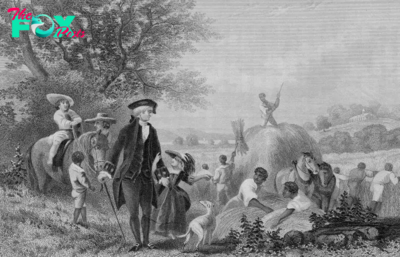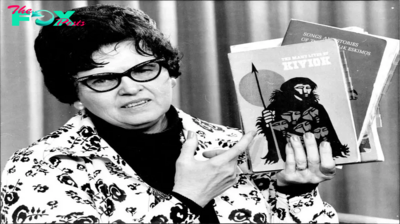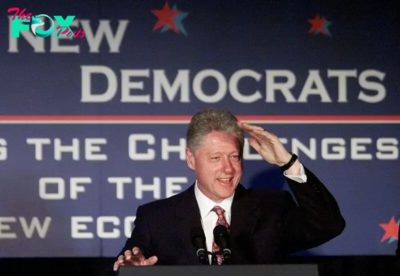History
How the Democrats Became the Party of Economics
For months, pundits have been furiously debating why positive trends in economic indicators (jobs, GDP, inflation) are not reflected in surveys of consumer sentiment or President Biden’s approval ratings. Some commentators have chalked this state of affairs up to “vibes,” citing the media’s emphasis on negative data and its overwhelming influence over public perceptions of the economy.
As a result, the GOP currently holds its largest advantage on economic matters since the Reagan era.
Voters might trust Republicans more on the economy, but Democrats are the party that lets economic data and economists guide their policy prescriptions. That was clear in early February when the House voted on a party-line basis to outlaw the use of Quality-Adjusted Life Years (QALYs) in federal health programs. Economists use QALYs to estimate the “value” of health outcomes measured against costs, which helps federal agencies and insurance providers make decisions about which treatments to cover. Republicans like Washington Representative Cathy McMorris Rodgers, the bill’s author, argue that such metrics unfairly “assign a dollar value on the life of a patient…oftentimes discounting an individual’s worth and a need for care solely because of their disability or chronic illness.”
Democrats disagree, contending that the broad language of the bill will undermine efforts by federal agencies to negotiate drug prices and restrain Health care costs.
But the episode illustrates that despite current perceptions that Democrats are weak on the economy, they are still more likely to rely on the tools of economic analysis to shape policy — even though these tools were initially devised to constrain the growth of the welfare state that their party created.
Read More: How the Inflation Reduction Act Could Lower Your Drug Costs
How did we arrive at this state of affairs? Between the 1930s and the 1960s, the New Deal and Great Society programs created by Democrats ballooned the size of the welfare state.
The growing welfare state demanded new expertise and information to properly guide programs, with Republicans hoping to restrict their growth by introducing practices and ideas from the private sector into government.
The creation of Medicare and Medicaid in the 1960s prompted policy experts to pay more attention to the cost-effectiveness of health care administration. This led to the creation of health economics as a research field. Through federal agencies such as the National Center for Health Services Research and Development, established in 1968 by the Democrats as part of a broader reorganization of the Public Health Service, the nascent tools of this new discipline became a way to identify potential inefficiencies in government-run health care programs.
In the 1970s, economists such as Richard Zeckhauser and Donald Shepard developed QALYs as a tool to combine estimates of individuals’ quality and length of life into a single measure for use in decision-making. The goal was to guide discussions of whether, for example, scaling up newborn screening programs was worth the added cost of administering tests.
Because of the fragmented nature of the U.S. health care system, QALYs were not as immediately applicable to policy decisions as they were in countries with nationalized health care.
But the 1970s witnessed skyrocketing healthcare costs as new treatments emerged, and Medicare and Medicaid pumped new dollars into the healthcare system. Congress initially responded in bipartisan fashion by establishing new federal agencies, such as the Office of Technology Assessment and the National Center for Health Care Technology, to begin using cost-effectiveness analysis to examine how government might rein in the spiraling cost of health care.
Despite the potential of QALYs to limit access to services, these analytical techniques weren’t initially a partisan football, nor were they particularly divisive, because neither private nor public insurers made decisions solely on the basis of such calculations. Democrats supported QALYs as a means to make government programs more efficient. Meanwhile, the GOP was still broadly supportive in the 1970s of relying on government to solve social problems, as evidenced by President Richard Nixon’s executive order that created the Environmental Protection Agency and his proposed plan for national health care. They liked the idea of adding methods from business and economics into these programs.
In the 1980s, however, Republicans lurched rightward. They embraced private-sector market forces more completely. Government was “the problem,” as President Ronald Reagan put it in his first inaugural address, whereas markets and private businesses were the solution to national problems. Curiously, just as they adopted this rhetoric, Republicans became suspicious of seemingly impartial economic toolkits as instruments of governance. In 1981, just three years after it was first established, the Reagan Administration shut down the National Center for Health Care Technology, due to pressure from doctors worried that it might reduce their profits.
Why did Republicans trust markets and private business, but not the sort of economic tools that drove their decision making? The answer lay in the party’s growing rejection of expertise and experts. They saw expertise as diametrically opposed to traditional values and common sense, and as the driver behind the creation of loathsome government programs. To the GOP, experts were increasingly aligned with the political opposition. As Republicans skepticism of what Secretary of Education William Bennett termed “the blob” of bureaucratic experts grew, Democrats accused Republicans of relying on “voodoo economics” to justify an ever-expanding array of tax cuts.
Read More: Why Insulin Is So Expensive in the U.S.—And What the Inflation Reduction Act Does About It
But Democratic attacks didn’t dent Republicans opposition to expertise. In fact, it only increased, exacerbated by Democrats’ reliance on expertise to shape big government proposals. Health care was one of Bill Clinton’s signature issues during the 1992 campaign, and he tasked First Lady Hillary Clinton with devising a healthcare bill to provide coverage for all Americans. The resulting 1993 Health Security Act, popularly referred to as “HillaryCare,” drew inspiration from the “managed competition” framework proposed by economist Alain Enthoven that focused on “consumer choice” in health care. Republican opposition scuttled the proposal.
The fallout helped enable the GOP to capture unified control of Congress for the first time in 40 years. After assuming control in 1995, they promptly shuttered the Office of Technology Assessment, reflecting their hostility to expertise.
This aversion explained why, even as they crusaded for introducing more market features into social safety net programs — like the creation of private-market Medicare Advantage programs in 1997, the launching of a privately managed prescription drug benefit in Medicare in 2003, and George W. Bush’s proposal to allow for private accounts in Social Security — they refused to embrace the tools devised by economists to control the costs of government programs.
Meanwhile, Democrats, with their expansive vision of government, and a desire to broaden the social safety net, embraced these tools as a way to keep costs down and make programs more politically palatable. They saw them as a way to develop numerical facts with which to argue in favor of programs, instead of simple appeals to justice or fairness, which had proved less effective.
This created a dichotomy in which the GOP is perceived as the party of Business and economic expertise, while it is Democrats who are more effective in wielding economic tools as a means of setting policy in everything from Health care financing to antitrust law to environmental policy.

Furthermore, their embrace of the tools of economics has empowered Democrats to more successfully eliminate the inefficiencies in government than the anti-government GOP. That’s why Democratic presidential administrations have routinely run smaller deficits while also growing jobs and GDP at a greater clip.
This predilection has also created new divisions among Democrats, between those who argue for greater cost control and advocates of ideas like Modern Monetary Theory, who see deficits as less of a problem.
But this is a debate about which kind of economics should guide policy, rather than abandoning it altogether as the GOP has done.
Zach Griffen is a sociologist in the Division of Medical Ethics at the NYU Grossman School of Medicine.
Made by History takes readers beyond the headlines with articles written and edited by professional historians. Learn more about Made by History at TIME here. Opinions expressed do not necessarily reflect the views of TIME editors.
-

 History1w ago
History1w agoWhy People Should Stop Comparing the U.S. to Weimar Germany
-

 History1w ago
History1w agoFlorida’s History Shows That Crossing Voters on Abortion Has Consequences
-

 History1w ago
History1w agoThe 1994 Campaign that Anticipated Trump’s Immigration Stance
-
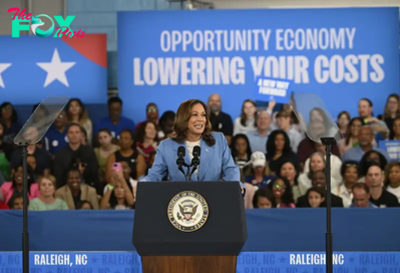
 History2w ago
History2w agoThe Kamala Harris ‘Opportunity Agenda for Black Men’ Might Be Good Politics, But History Reveals It Has Flaws
-
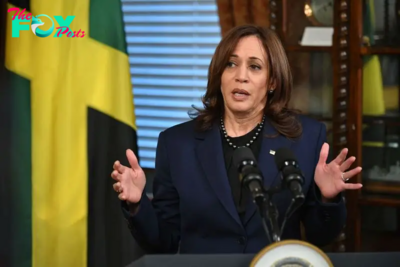
 History2w ago
History2w agoLegacies of Slavery Across the Americas Still Shape Our Politics
-

 History2w ago
History2w agoKamala Harris Is Dressing for the Presidency
-

 History2w ago
History2w agoWhat Melania Trump’s Decision to Speak Out on Abortion Says About the GOP
-

 History2w ago
History2w agoThe Long Global History of Ghosts
